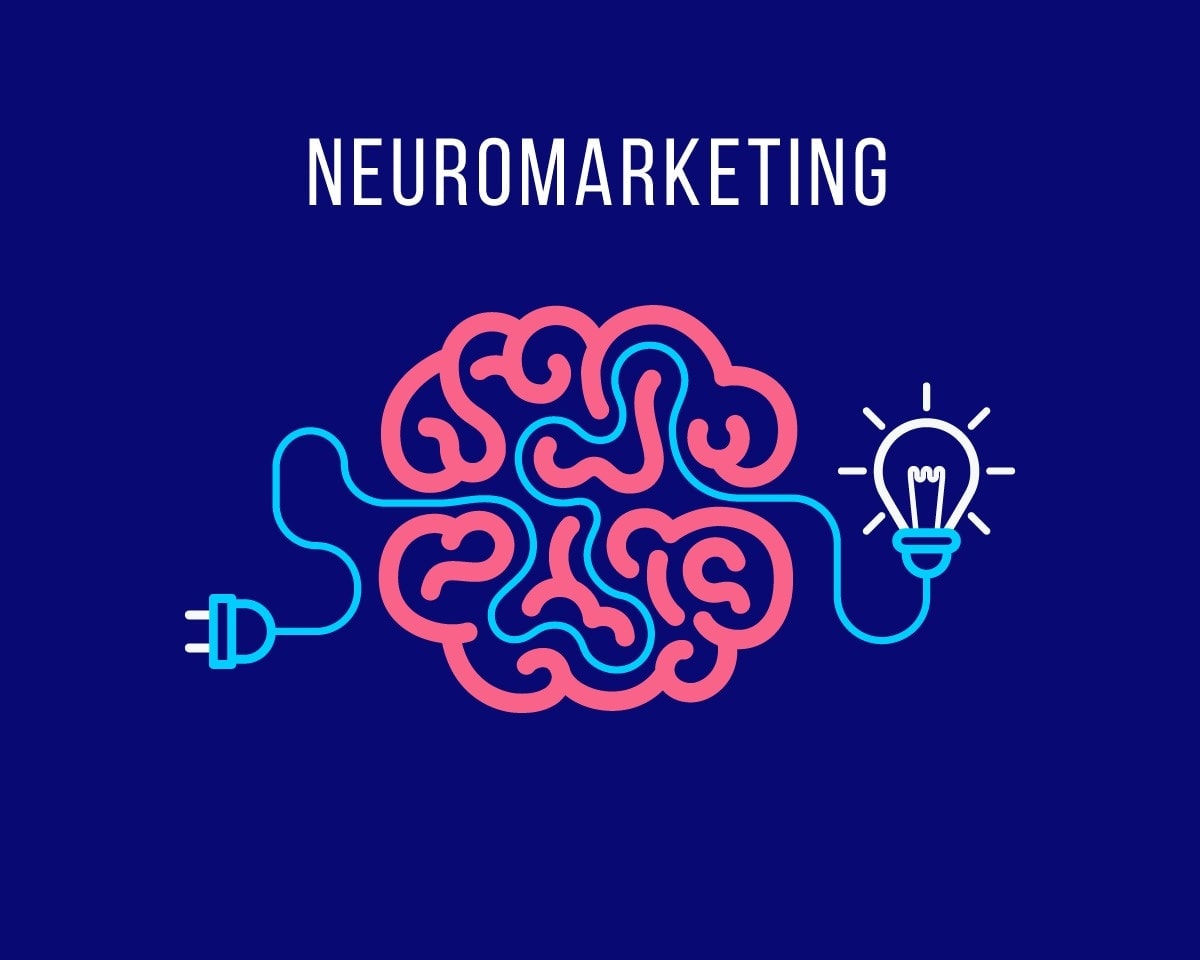Ever found yourself grabbing something off the shelf just because it “felt right”? Maybe an ad tugged at your emotions, or the packaging caught your eye? If so, you’ve been on the receiving end of neuromarketing—a fascinating blend of psychology and marketing that delves into why we make the purchasing decisions we do.
Why Neuromarketing is Needed
The roots of neuromarketing stretch back to the late 1970s when psychologists Daniel Kahneman and Amos Tversky explored how we make decisions. Their groundbreaking research uncovered that we often rely on mental shortcuts, known as heuristics, to make choices quickly. These shortcuts, while useful, can also lead to cognitive biases—errors in our thinking that can significantly influence our decisions.
Kahneman and Tversky’s work revolutionized the way we think about decision-making, showing that we’re far from the rational consumers economists once believed us to be. Their insights earned Kahneman a Nobel Prize and laid the groundwork for understanding the psychological aspects of consumer behavior.
Marketers took notice. If we can’t always trust people to explain their choices, why not study their brains directly? And so, neuromarketing was born—a field that merges cognitive psychology, neurophysiology, and marketing to better understand what drives our buying decisions.
How Neuromarketing Works
At its core, neuromarketing explores the unconscious factors that shape our purchasing decisions—things like colors, sounds, smells, and even touch. Using advanced technology, marketers can observe how our brains react to various stimuli, helping them craft more effective advertising, product designs, and even store layouts.
Visual Influence
Our eyes play a massive role in decision-making. The colors and designs we encounter can evoke powerful emotions and associations. For example, red can raise our heart rate and create a sense of urgency, while blue can calm us down. Brands carefully choose their color schemes to tap into these reactions. Think of Coca-Cola’s signature red or Tiffany & Co.’s iconic “Tiffany Blue”—both instantly recognizable and loaded with meaning.

Auditory Cues
Sound is another key player in neuromarketing. Studies have shown that the right music can influence our choices without us even realizing it. For example, in a wine shop experiment, customers were more likely to choose German wine when German music played, and French wine when French tunes were on. Yet, when asked, customers denied the music had any impact on their decision, highlighting just how subtle and powerful these influences can be.
Scent and Taste
Smell is one of the most direct ways to trigger a response in the brain. It’s why real estate agents might bake cookies before an open house—it creates a cozy, inviting atmosphere. Similarly, hotels and stores often use custom scents to enhance the customer experience. The Hard Rock Hotel in Orlando, for instance, boosted ice cream sales by 45% by introducing the scent of cookies and waffle cones into their environment.
Taste and touch also play crucial roles in how we perceive products. By studying brain reactions to different textures and flavors, marketers can refine their offerings to better meet consumer desires.
Neuromarketing in Action
Neuromarketing isn’t just about understanding these sensory influences—it’s about using them strategically. For example, in a famous study involving Coca-Cola and Pepsi, participants’ preferences changed when they knew which brand they were tasting. Even though Pepsi was often preferred in blind tests, showing the Coca-Cola label activated brain areas associated with social pleasure, demonstrating the power of branding.
Marketers also use cognitive biases to their advantage. The “anchoring” effect, for instance, is a common tactic where an initial high price is shown before revealing a lower price, making the latter seem like a great deal. Steve Jobs famously used this trick when introducing the iPad, initially suggesting a $1,000 price tag before revealing the actual price of $499—instantly making it seem like a bargain.

Tools of the Neuromarketing Trade
Neuromarketing relies on a variety of high-tech tools to get inside consumers’ heads—literally.
Eye Tracking
Eye-tracking devices monitor where we look and for how long, helping marketers understand what catches our attention. This data can be used to design more effective ads, websites, and product displays.
Galvanic Skin Response
This method measures skin conductance to assess emotional arousal. By tracking how much we sweat in response to certain stimuli, marketers can gauge our level of engagement and emotional reaction.
Facial Recognition and Biometrics
Advanced cameras and software analyze facial expressions to determine how we’re feeling when we encounter a brand or product. This technology helps marketers fine-tune their messaging to better connect with their audience on an emotional level.
The Future of Neuromarketing
As technology advances, the line between science and marketing continues to blur. Neuromarketing offers unprecedented insights into what makes us tick, helping brands create more compelling and effective strategies. But it also raises important ethical questions about how much influence marketers should wield over our subconscious minds.
In the end, while neuromarketing may seem like a way for companies to “hack” our brains, it also has the potential to improve our consumer experiences by making them more aligned with our true desires—whether we’re aware of them or not.
So, the next time you find yourself drawn to a product without knowing why, remember—it might just be your brain reacting to some well-executed neuromarketing.
